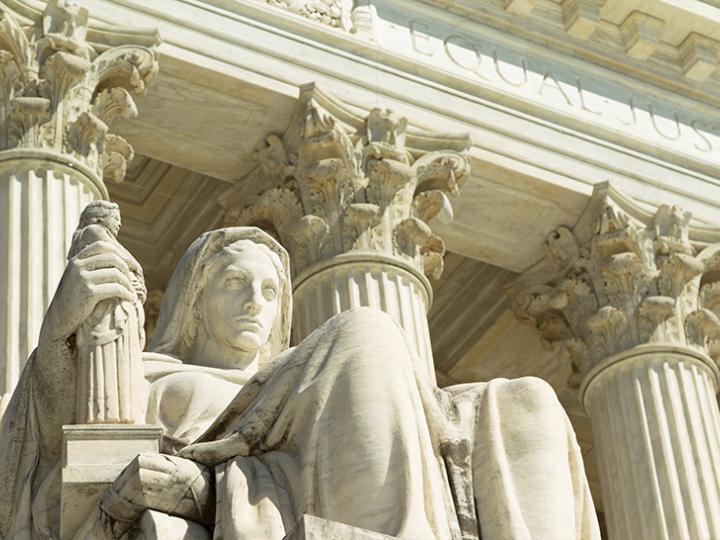In Abitron Austria GmbH v. Hetronic Int'l, Inc., No. 21-1043 (June 29, 2023), the U.S. Supreme Court recently cited Restatement of the Law Third, Unfair Competition § 23 in holding that two provisions of the Lanham Act that prohibited trademark infringement were not extraterritorial and extended only to claims where the claimed infringing “use in commerce” was domestic.
The case arose from a trademark dispute involving a United States company that manufactured radio remote controls for construction equipment in more than 45 countries. The defendants were six foreign parties that operated as a licensed distributor for the manufacturer before they concluded that they held the rights to certain intellectual property of the manufacturer, reverse-engineered the manufacturer’s products, and began selling their manufacturer-branded products mostly in Europe but with some direct sales in the United States. The manufacturer filed suit against the defendants, alleging violations of two provisions of the Lanham Act—15 U.S.C. §§ 1114(1)(a) and 1125(a)(1)—which both prohibited the unauthorized “use in commerce” of protected marks when such use was “likely to cause confusion.”
The U.S. District Court for the Western District of Oklahoma rejected the defendants’ argument that the plaintiff sought an impermissible extraterritorial application of the Lanham Act, and a jury awarded the plaintiff approximately $96 million in damages, which included damages from the defendants’ global sales using the plaintiff’s marks. The district court also entered a permanent injunction prohibiting the defendants from using the marks anywhere in the world. The U.S. Court of Appeals for the Tenth Circuit modified the injunction by narrowing it to cover only certain countries, but otherwise affirmed the district court’s judgment, concluding that “the Lanham Act extended to ‘all of [the defendants’] foreign infringing conduct’ because the ‘impacts within the United States [were] of a sufficient character and magnitude as would give the United States a reasonably strong interest in the litigation.”’
The U.S. Supreme Court vacated the Tenth Circuit’s decision and remanded, holding that “§1114(1)(a) and §1125(a)(1) [were] not extraterritorial and that the infringing ‘use in commerce’ of a trademark provide[d] the dividing line between foreign and domestic applications of these provisions.” The Court explained that the presumption against extraterritoriality involved “a two-step framework”: the first step was to determine whether a provision was extraterritorial, and, if the provision was not extraterritorial, the second step considered whether the case involved a permissible domestic or impermissible foreign application of the provision. After determining that neither provision provided an express statement of extraterritorial application or clear indication that it applied abroad, the Court moved to the second step, which required the Court to determine “the provision’s focus” and ‘“as[k] whether the conduct relevant to that focus occurred in United States territory.’” Justice Samuel A. Alito, writing for the Court, emphasized that “[t]he ultimate question regarding permissible domestic application turn[ed] on the location of the conduct relevant to the focus[,] . . . [a]nd the conduct relevant to any focus the parties [had] proffered [was] infringing use in commerce,” as defined under the Act. The Court pointed out that “[b]oth provisions prohibit[ed] the unauthorized use ‘in commerce’ of a protected trademark when . . . that use ‘[was] likely to cause confusion,’” and clarified that consumer confusion was not the focus of the provisions but “simply a necessary characteristic of an offending use”; the relevant question was the location of the conduct relevant to the use itself. Noting that “[b]oth provisions ‘refer[red] to a “likelihood” of harm, rather than a completed harm,’” the Court cited Restatement of the Law Third, Unfair Competition § 23, Comments b and d, in explaining that ‘“actual confusion [was] not necessary in order to prove infringement”’ (quoting § 23, Comment b).
Read the full decision here.
